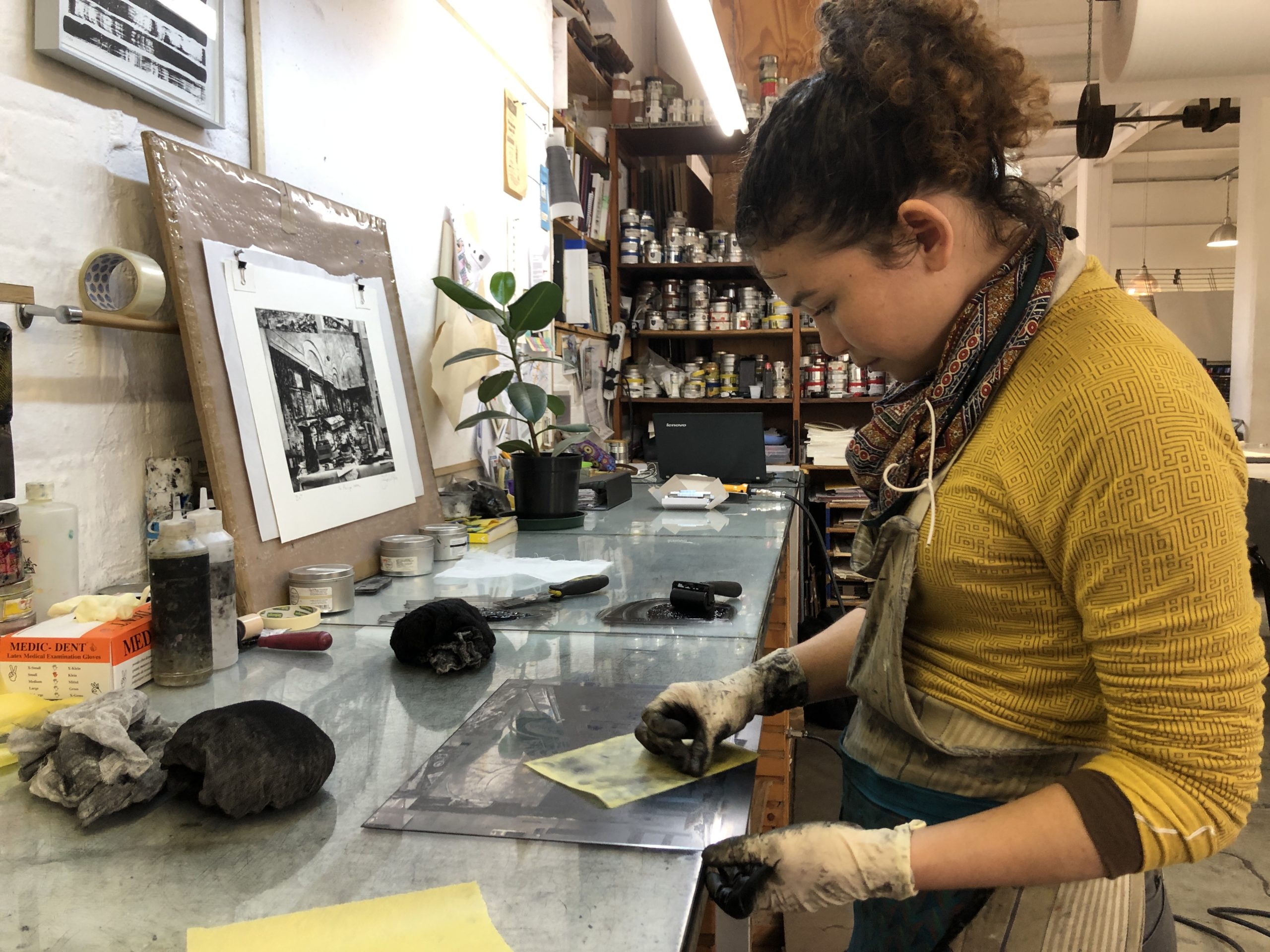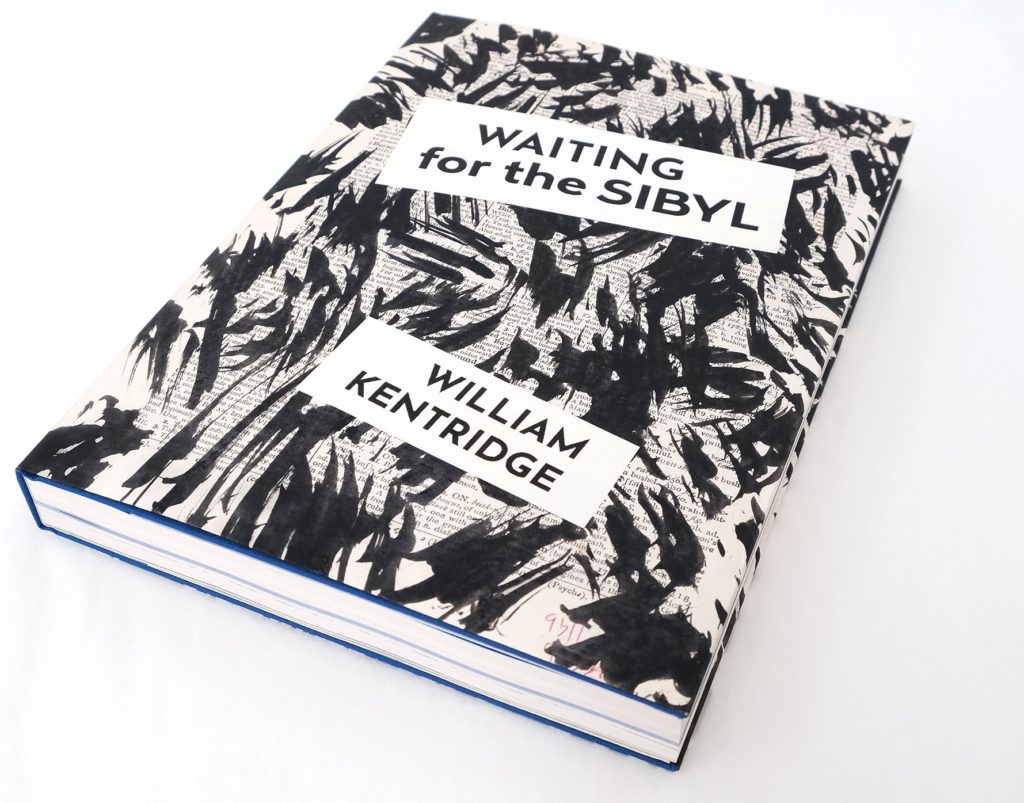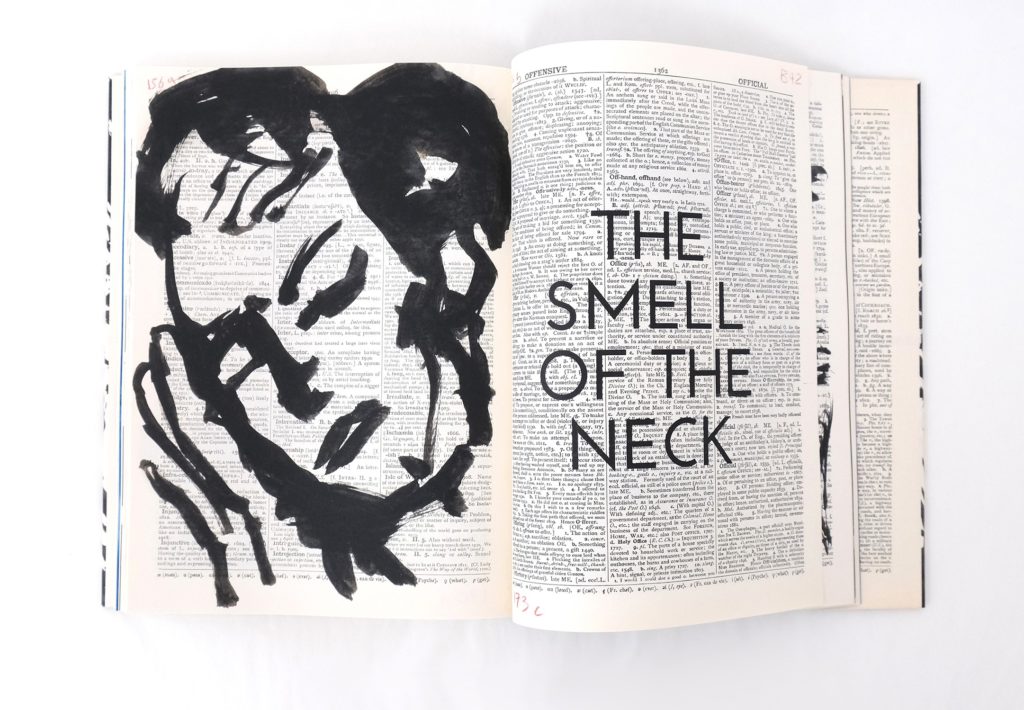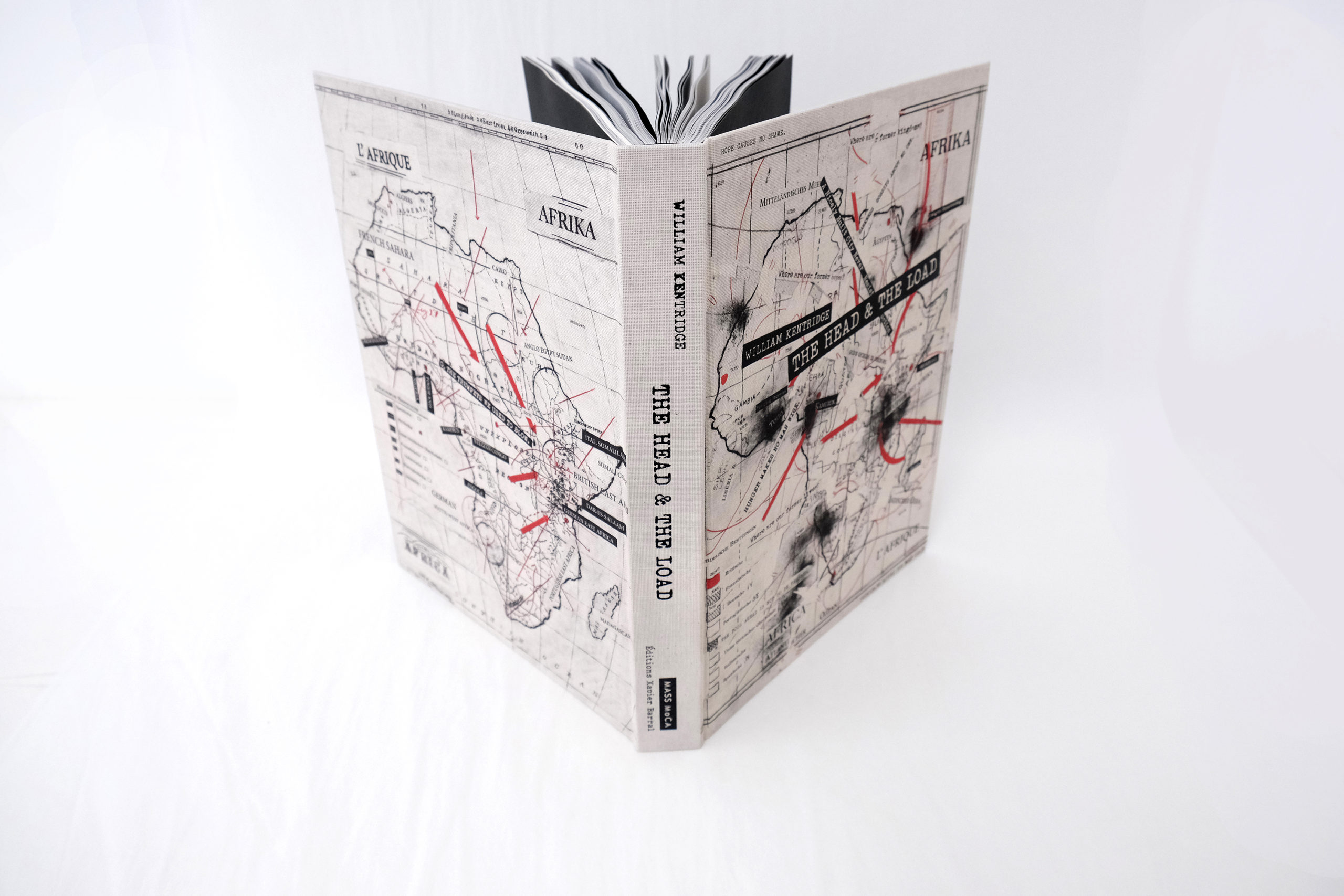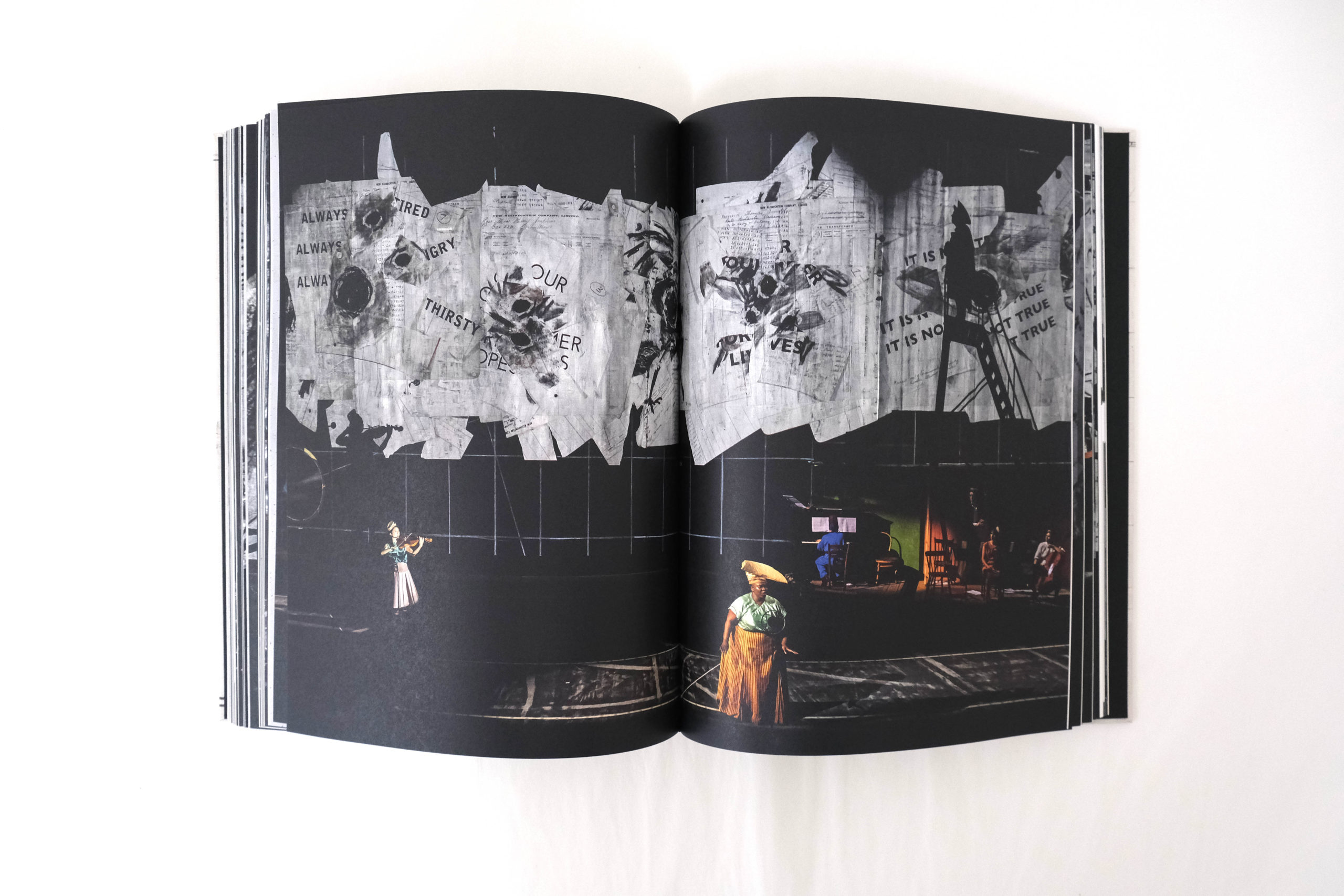The Covid-19 pandemic hit South Africa and the country went into lockdown in March 2020. William Kentridge was able to spend the next three months in his studio drawing without the constant demand of ongoing workshops and the usual presence of studio demands. Circumstances led to Jillian Ross the Master Printer at David Krut Workshop, leaving Johannesburg for Canada to join family there.
Kentridge’s longstanding working relationship with Ross now continues on a long distance basis with collaborative projects still ongoing in South Africa and Canada. The photogravure printmaking process, having been introduced to Kentridge by Krut in 2002, represented an ideal medium for a new project to begin with use of multiple studios.
The new series of photogravure prints began as photographs taken in Kentridge’s home studio in Johannesburg, in part as documentation, and in part as a personal reflection of the life that unfolds on the studio walls. They exist as part of Kentridge’s development of a new series of short episodic films relating to the life of the studio. The Phillips Room features a still life made up of larger-than-life paper sculptures of a water jug, coffee pot, milk jug and other assorted items in the foreground. Behind the still life scene is a charcoal drawing made for Kentridge’s 11th animated film for the ongoing Drawings for Projection series – City Deep – of the Phillips Room in the Johannesburg Art Gallery (JAG). The film focusses on the illegal and informal activities of the Zama Zamas, the artisan miners that have replaced Johannesburg’s deep-level industrial mining activities of the 1990s. In the film, the drawn interior rooms of the Johannesburg Art Gallery, through which Soho Eckstein can be found wandering, are seen ebbing and flowing and finally collapsing in on themselves.
The connection between mining and the Johannesburg Art Gallery is illuminated in the film, the gallery having been established and funded by mining magnates who made their fortunes from gold mining in South Africa. The Phillips Room, as Kentridge has explained, holds the collections of Dutch lace and oil paintings that were given to the gallery by Lady Phillips, the wife of mining baron Lionel Phillips, who warned that “unless they made some contribution to the city, their names would live in infamy.” The history of the JAG and its ongoing struggles with maintenance and repair is common knowledge with the film a sad telling of the current times in South Africa.
Kentridge’s new series of films, to which this series of photogravures is related, is made up of 12 episodes about life in the studio, the third episode already completed in mid-August. Each film in the series, aptly titled Studio Life, will be 40 minutes in length and will include aspects of drawing, of performance, of daily life – all insights into life in, and the life of, the studio.



